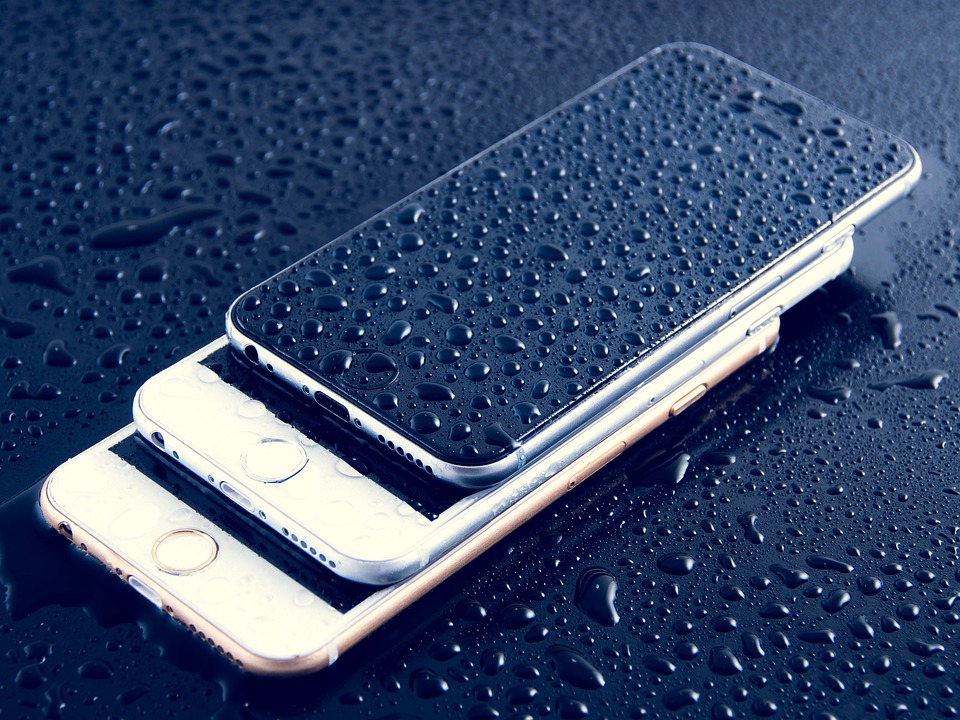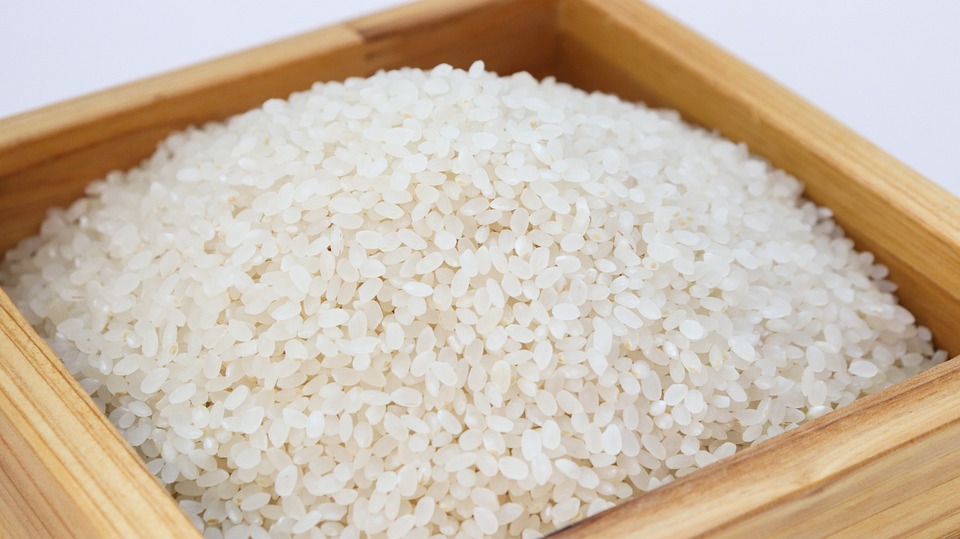
You don’t know what fear is unless you’ve looked into the eyes of someone who has dropped their iPhone in water or other liquid. But, of course, it can happen to anyone. And it’s always bad timing. Situations are different, but the result is the same: the smartphone lives out its last days, hours, and sometimes even minutes. Now it’s up to you to decide what happens next. The line between a pile of expensive metal and a functioning iPhone is too thin. So if you’re aiming for the second option, put everything aside and read this article carefully from start to finish.
Be Afraid of Water
And, of course, the real fear of water is not for you but for your iPhone, regardless of its claimed water resistance. Natural water, wherever it comes from, is the worst enemy of electronics. Have you ever wondered why it is so? Contrary to the widespread opinion, a liquid doesn’t prevent electronics from working. Instead, it’s the water, precisely its chemical composition.
The water you drink, bathe in and wash your hands with is much more complex than it looks at first glance. All human water, whether occurring in nature or treated for drinking, contains microscopic salt ions and minerals. You can see them without a microscope almost daily, for example, in the form of traces left on the window after the rain. Want to know the property of ions in water?
First, they are good conductors of electricity. Some are naturally positively charged, while others are negative. Hence the legendary electrical conductivity of natural water. If an electronic device enters natural water and continues to operate, it becomes in simultaneous contact with ions with negative and positive charges. As a result, the flux from the energy source in the device instantly short-circuits itself.
It often causes irreparable damage to all the components of the device that conduct electricity in that circuit. If you drop your iPhone into the water while it is running, you cause an instant local apocalypse inside the case. The more critical the contact between the internal components and the water, the more serious the consequences will be. Of course, it is better never to do so, but life dictates its rules.
What to Do and What Not to Do If the Irreparable Happens
If you’re reading this material, it is 90% likely that you, or, more precisely, your iPhone (probably died prematurely), have already had a bitter experience of collision with water or any other liquid. And here, we want to give you hope that the irreparable can be corrected in most cases if you take the right actions in time, avoiding harmful ones.
Instructions for Use
✔️ Immediately remove your smartphone from the water and turn it off if it doesn’t turn off. Then you can breathe out, but don’t relax. In these seconds, the fate of the device is decided. A switched-on iPhone underwater could survive a robust short circuit, and if water got inside the case, these shorts could be repeated until you turn off the power ultimately. Since you can’t take the battery out of your gadget, your situation remains extremely complicated. It still counts in hours and minutes.
✔️ Wipe the device thoroughly, removing all visible water. Well then, you have three options on what to do next, one of which is sure to be disastrous for your iPhone, so we’ll describe it in a separate section to keep you from possible mistakes. But first things first.
✔️ Immediately go to the service center if you don’t have the necessary tools for disassembling the body of the iPhone. On the way, make sure that the smartphone is not turned back on without your knowledge. Also, never wrap it in towels or any cloth since it increases the humidity inside the case, raising the chances of saying goodbye to the gadget several times.
✔️ Take advantage of the consulting service Howly. It is especially true when time is of the essence, and the phone might not make it to the service center and die in a cab. So it makes sense to go to the Howly website and write your request in a pop-up window, and in half a minute, you’ll be talking to an expert who knows how to repair a water-damaged iPhone because they’ve already solved this issue dozens of times.
So the choice is yours. The main thing is not to select the third option of the so-called repair, which we’ll describe further.
Anti-Instructions for Use

❌ Never use a hair dryer since the hot air will fasten the evaporation of the liquid. Still, it can easily damage internal components and provoke accelerated destruction of the contacts on the board.
❌ Don’t cook the iPhone “porridge.” Putting the phone in a rice container isn’t a good idea, and now you’ll find out why. First, look at the case where the iPhone is put there, barely touching the water. If nothing gets into the case, you get a fully functional device after a day. The rice absorbs the rest of the moisture, including microscopic drops left in the shallow holes of the case. In excellent cases, it may indeed be enough.
Nevertheless, rice is a very deceptive way to salvation. It may absorb water, but what about dissolved minerals and salts? The liquid that has evaporated from the boards and plumes of the iPhone will leave behind crystals, invisible to the naked eye but extremely dangerous for electronics.
Deposits of salts and minerals left on the board begin to oxidize upon contact with oxygen. The process is accompanied by a slow erosion of the sensitive, vital parts of the device. The consequences for the user can vary from strange glitches to real problems, such as a wireless communication module suddenly failing or loss of screen sensitivity with false positives.
Summing Up
No one is immune from problems. But those who know how to behave have a better chance of coping. However, if you still drop your iPhone in water or other liquid, please don’t waste time and quickly take the necessary measures: promptly dry the device and immediately ask for help from specialists.

Author Bio:
Christine Tomas is a tech expert, consultant, and aspiring writer. She writes for different news portals and thematic blogs that helps her stay at the heart of the programming and technology news. Such work gives her the opportunity to write articles on the most relevant topics today.